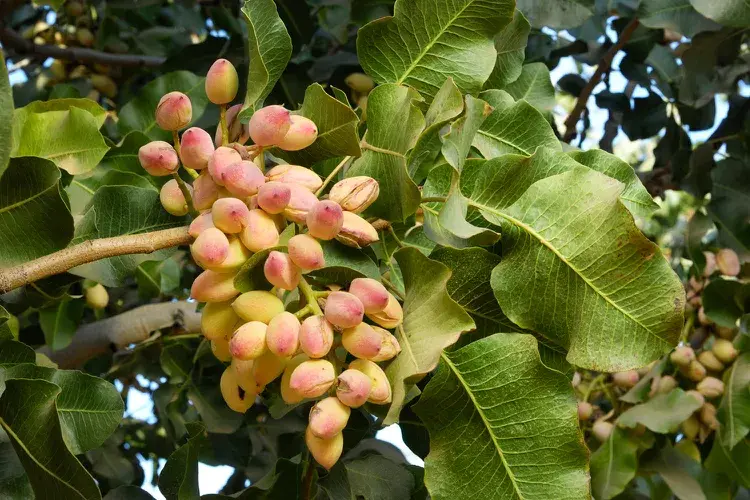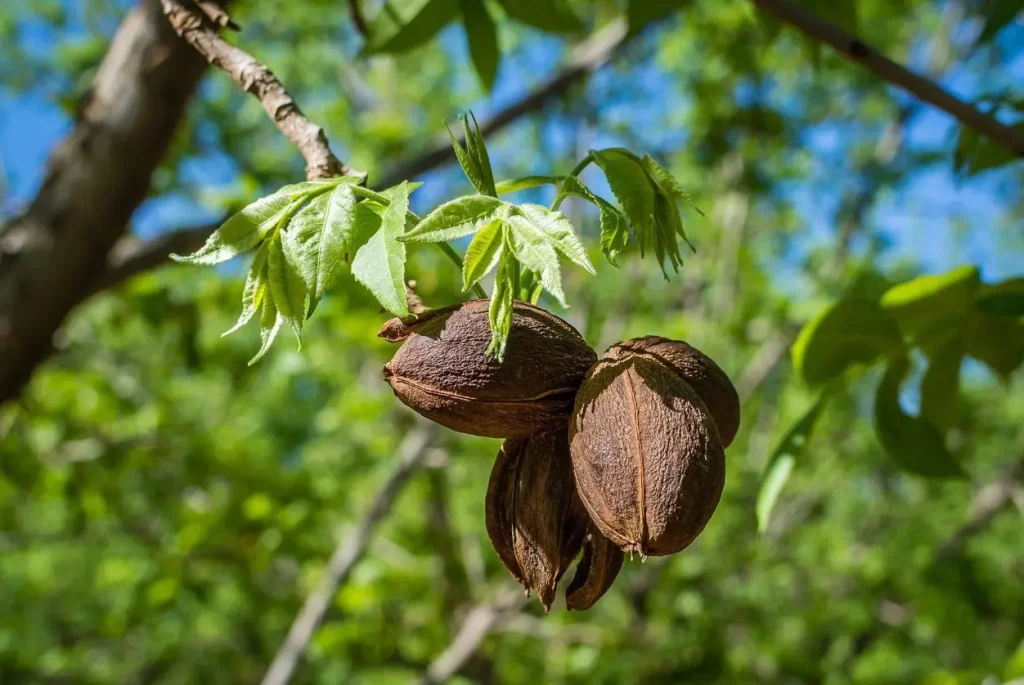Pistachios
Pistachios are genuinely delectable. The pistachio tree is initially from the Middle East and Central Asia, yet it’s now been developed in numerous other places, including Iran, China, India, Italy, and the USA. The earliest reference to it being created for food is crafted by the Roman naturalist Pliny the Elder, who wrote that pistachios had been cultivated since 6,750 BC and in Italy since 35 AD.
How Are Pistachios Pollinated?
Pistachios are genuinely delectable. The pistachio tree is initially from the Middle East and Central Asia, yet it’s now been developed in numerous other places, including Iran, China, India, Italy, and the USA.
The earliest reference to it being created for food is crafted by the Roman naturalist Pliny the Elder, who wrote that pistachios had been cultivated since 6,750 BC and in Italy since 35 AD.
The ones filled in Syria right around 9,000 years ago were different from those Pliny (and we) knew about; careful selection has made the modern pistachio more advantageous to eat.

Growing Pistachio On Trees
Who doesn’t love pistachios? They are a delicious treat that is useful for eating and in numerous recipes. Additionally, they are so brimming with healthy nutrients that they are beneficial for you.
Climate
The climate is the most vital factor in choosing to plant pistachio trees. Pistachios require long, warm, dry summers and chilling in the winter. However, they don’t endure ground freezes. They need approximately 1,000 cumulative hours of temperature at or below 45° F during dormancy.
The weather must be dry. Pistachio trees don’t do well in areas of high humidity. They have the narrowest climate requirements of any commercially grown nut crop. The tree’s flowers are wind-pollinated, so spring and summer winds are also essential to ensure a good harvest. Understanding how pistachios are pollinated is crucial for successful cultivation.
Soil
Next, you need to consider your soil; pistachio trees do well in all soil types but truly thrive in deep, light, dry, and sandy loam soils with high calcium carbonate (CaCO3) concentration. They don’t tolerate wet, heavy soils. Well-draining soil is a must! They do tolerate high levels of salinity in the soil.
Space
Pistachio trees should be planted around 20 feet apart. If they are planted in under 20 feet distances, after a few years, the overcrowding and natural shadowing of trees will reduce the quantity and quality of production. They will make harvesting and pruning more difficult.
Since the wind carries the pollen from the male tree (pollinator) to the flower on the bearing female tree, the male trees are planted so the prevailing wind direction will blow the pollen across the female trees. The ratio of male trees ranges from 1 male for every ten females to 1 male for every 15 females. Knowing how pistachios are pollinated helps in planning the orchard layout.
Time
It takes time and patience to grow pistachios. You will not see your first pistachio until about year five (5). It will take around 7 – 8 years before you will get a good yield and 15 – 20 years to reach peak production. To this, you should add that pistachio trees have an inherent tendency toward alternate bearing.
This means the tree produces heavy one year, which stores nutrients, causing a lighter yield the next year.
Harvesting
Pistachios are produced in late spring and mature in late August or September, almost everywhere in the world. It’s easy to tell when the pistachio harvesting season is approaching because the hulls lose their green color and take on a pinkish-yellow hue.
When the nuts are fully ripe, the epicarp (the thin, flexible hull) begins to separate from the inner shell. The epicarp is easy to remove from the inner shell by squeezing it between your fingers. Large pistachio farms use mechanical “shakers” to drop the nuts.
However, the nuts can be removed by rapping the branches with a sturdy pole or a rubber mallet. The epicarps should be removed within 24 hours of harvesting to maintain freshness and flavor.
The raw nuts can be roasted and salted after being dried. For small batches, all of this can be done in your kitchen, but you should consider commercial equipment if you are interested in a large orchard. To recap, you need the ideal climate and soil, with a lot of time, to produce quality pistachios.
Planting Pistachio Trees
Pistachio trees should be planted in spring to establish themselves through the summer. Planting holes should be as deep as the root ball and twice as wide. They don’t need irrigation compared to similar crops like almonds – deep watering once a month is sufficient.
If the leaves start to turn yellow before fall, this generally means it’s getting too much water. It would be best if you stopped watering in October to encourage the tree to go dormant, which will help it survive the winter.
Resume watering through the colder months but reduce the amount; this season is when they’re most vulnerable to root rot. The tree grows slowly and doesn’t need much fertilizer. Do not fertilize at all in the first year, and then apply a slow-release type in spring.
It’s usually seven or eight years before the tree produces its first crop of fruit, but it can take up to fifteen before it reaches full production.
One downside of pistachios as a crop is that they’re vulnerable to several pests and diseases. Scale and stink bugs are common problems; to protect trees, they should be sprayed with insecticidal soaps if any infestation appears. However, this can also harm beneficial insects, so don’t overuse pesticides if you don’t have to. Understanding how pistachios are pollinated can help in maintaining a healthy orchard.
Iran Pistachios
Tracing back to ancient Persia till today, our country has been the leading producer of nuts globally, particularly pistachios. As a premier organization, Iran Pistachios, a member of the Iranian Pistachio Association (IPA) – has been active in our country’s nuts field for over 50 years.
Currently, our focus at Iran Pistachios is on exporting Iranian pistachios. We invest significantly to meet global pistachio-exporting standards. Our trained and highly qualified staff is dedicated to continuous and relentless efforts to provide our customers with the best pistachio quality at a reasonable cost.
Our automated pistachio complex is unique and efficient, with precise lines for shelled, in-shell, European-style roasted pistachios.
At Iran pistachios, we offer pistachio varieties such as Fandoghi, Kaleh Ghouchi, Ahmad Aghai, Akbari, and Badami pistachios.

